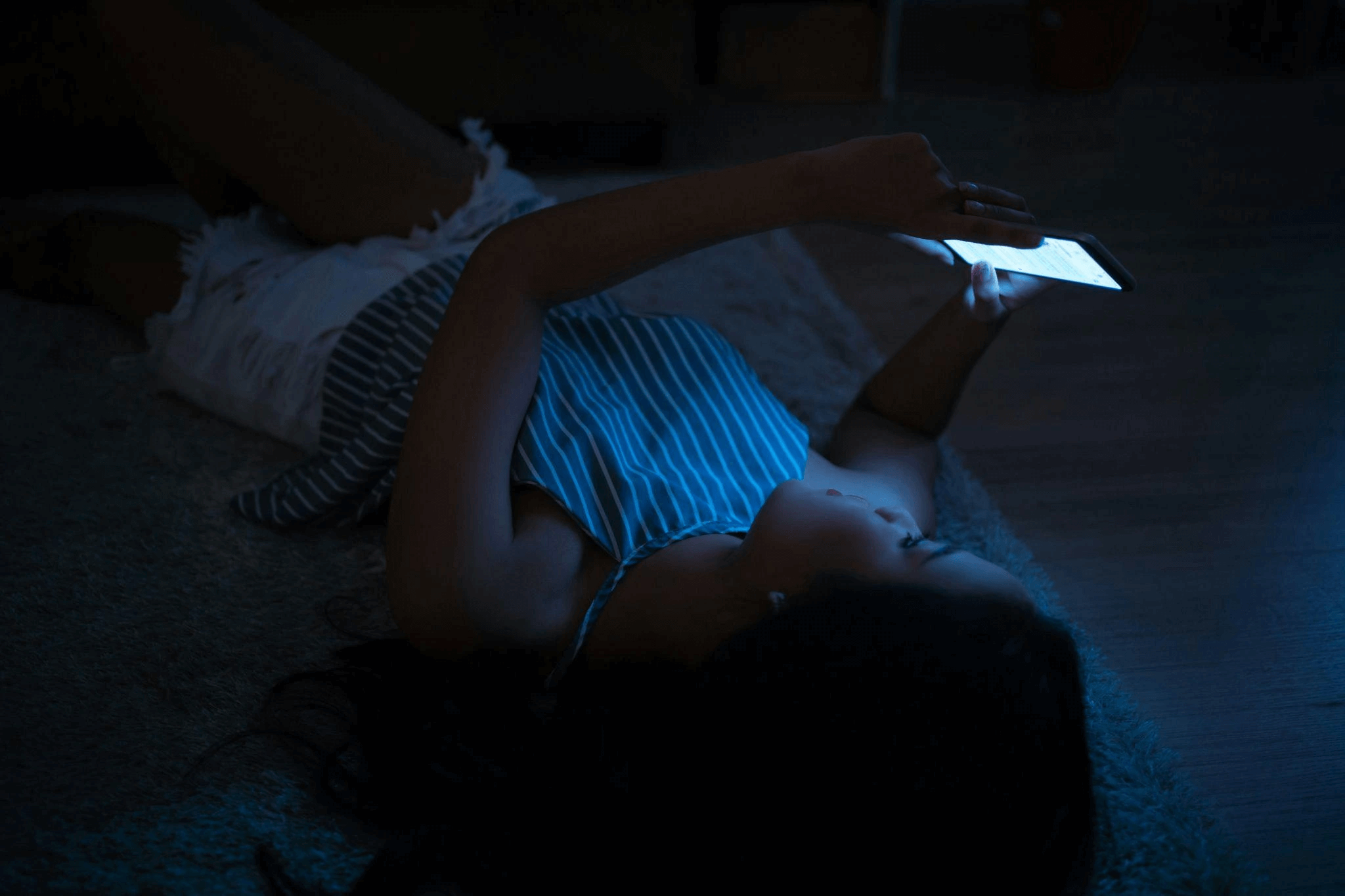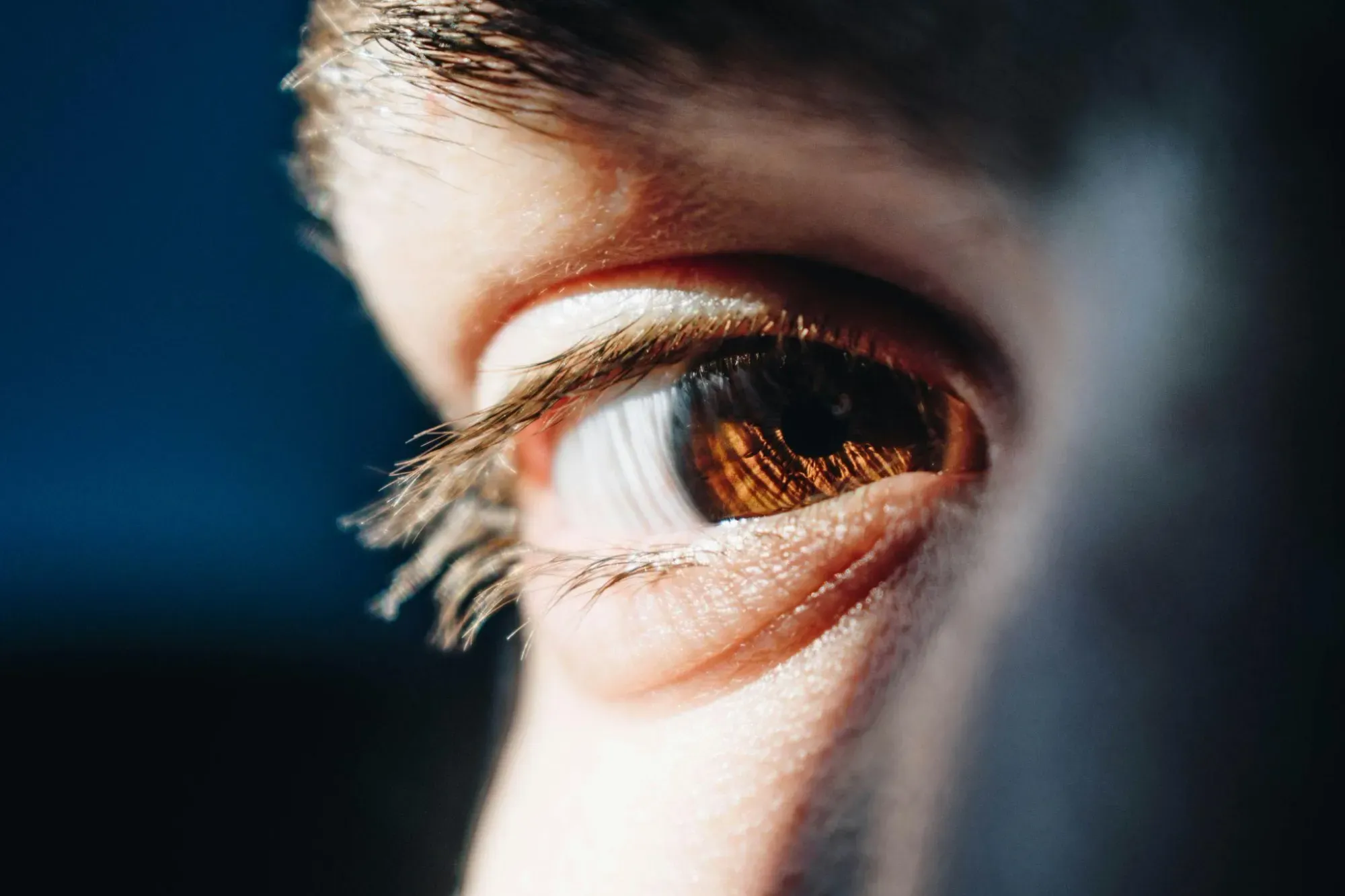When it comes to longevity, we often think of the heart or metabolism. But your eyes? They’re a direct reflection of your neurological health.
Vision isn’t just about reading the fine print, it’s about how your brain processes the world. Dr. Kavin Mistry, MD, the bestselling author of Primal Health Design, is helping readers see more clearly, both literally and neurologically. His unique approach fuses neuroscience, ancestral health, and modern lifestyle optimization to protect what many overlook: the eyes as windows to biological aging.

Breakdown at a Glance: Why Vision Health Is Brain Health
- Visual clarity affects cognition, mood, and circadian rhythm
- Eye strain relief supports focus and nervous system recovery
- Dr. Mistry links vision function to inflammation and metabolism
- Screen time, lighting, and lifestyle habits all impact your sight
Why Vision Health Matters More Than Ever
Visual clarity and retinal resilience decline as we age, but that doesn’t have to be the case. Modern science shows that the retina is one of the most sensitive markers of neural aging. Prolonged screen exposure, poor posture, blue light pollution, and lack of natural sunlight can accelerate visual decline and trigger downstream neurological effects.
In fact, chronic digital eye strain now affects over 50% of adults, with symptoms like blurry vision, headaches, and fatigue. But Dr. Mistry goes deeper, revealing how disrupted vision affects the brain-gut axis, sleep regulation, and stress cycles; all of which influence biological age.
Dr. Kavin Mistry’s Vision Health Protocol
Dr. Mistry’s Primal Health Design framework offers a holistic, evidence-based path to reversing damage caused by modern visual overload. His seven-paradigm system includes:
- Light Hygiene: Protect circadian alignment by reducing screen use after sunset, and using amber filters or blue-light glasses.
- Neurovisual Nutrition: Nutrients like lutein, DHA, and vitamin A support retinal health and cognitive function.
- Mindful Eye Breaks: The 20-20-20 rule (every 20 minutes, look 20 feet away for 20 seconds) has measurable neurological benefits.
“Lack of sunlight alters circadian rhythms, absence of temperature variation weakens our adaptive resilience, and deficiency of natural movement inhibits our functional strength.”
—Dr. Kavin Mistry, Primal Health Design
—Dr. Kavin Mistry, Primal Health Design
How Vision Supports Longevity and Mental Clarity
“Lack of sunlight alters circadian rhythms, absence of temperature variation weakens our adaptive resilience, and deficiency of natural movement inhibits our functional strength.”
—Dr. Kavin Mistry, Primal Health Design
According to the American Academy of Ophthalmology, long-term use of digital screens may not permanently damage vision, but it often leads to symptoms of digital eye strain, such as blurred vision, dry eyes, and headaches. This can interfere with cognitive function and productivity. Additionally, research highlights how light exposure and visual rhythms influence hormonal cycles like melatonin and cortisol, which are essential to mood, focus, and overall brain resilience. These are exactly the kinds of neurological stressors Dr. Mistry addresses in his Primal Health Design protocol, where vision is not isolated from wellness, but central to it.
For a deeper dive into Dr. Kavin’s framework around visual health and neurological performance, read his LinkedIn article on vision health in the modern world.

Vision Reset Tools You Can Start Using Today
Small daily habits can dramatically improve your eye and brain health. Dr. Mistry recommends anchoring your day around these key practices:
- First Light Exposure: Spend 5-10 minutes outdoors in natural morning light to reinforce your circadian rhythm.
- Visual Mobility: Practice slow eye movements (side to side, up and down) to improve neural flexibility.
- Screen Setup Check: Adjust monitor height and brightness to reduce tension and prevent postural strain.
- Digital Sundown: Power down screens or shift to amber filters 2 hours before bed.
These techniques are not only preventative, they’re restorative, helping you reconnect with your biology through your vision.

See the Future You Want to Live
Protecting your vision is protecting your future. Start with Primal Health Design, Dr. Kavin Mistry’s acclaimed book, and deepen your experience with the 21-Day Reset Course.
Your eyes are still listening. It’s time to align what you see with how you live.
FAQ
Q. How do I know if I have digital eye strain?
A: Symptoms include dry eyes, blurred vision, neck tension, and fatigue after extended screen use. Dr. Mistry recommends screen breaks, hydration, and natural light exposure.
Q. What are the best habits for vision health?
A: Morning sunlight, nutrient-dense foods (lutein-rich greens, omega-3s), screen filters at night, and eye movement exercises.
Q. Why trust Dr. Kavin Mistry, MD?
A: With over two decades of clinical imaging experience and a passion for ancestral healing, Dr. Mistry understands vision as part of your brain’s wellness, not separate from it.
